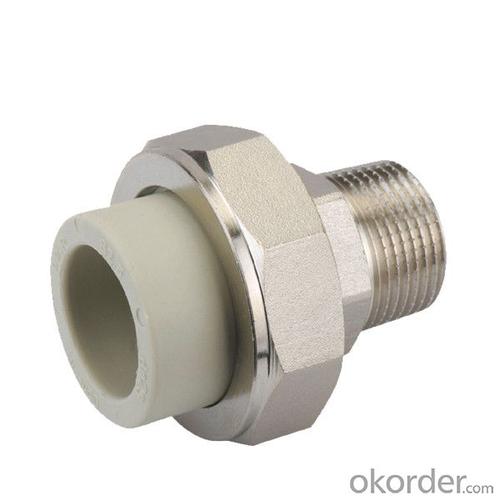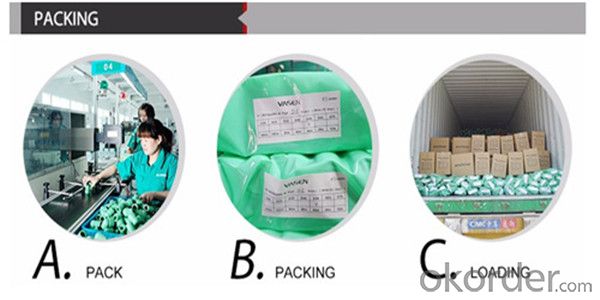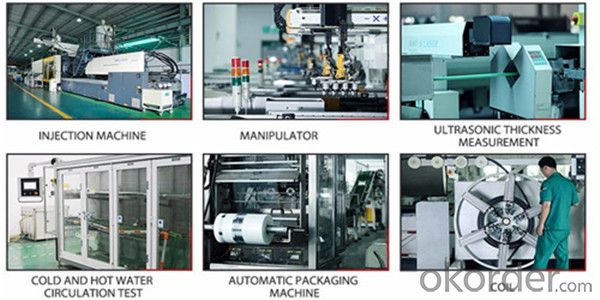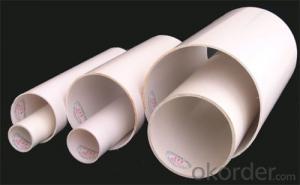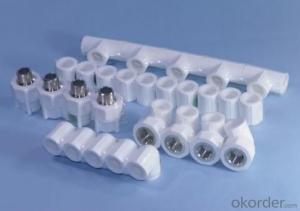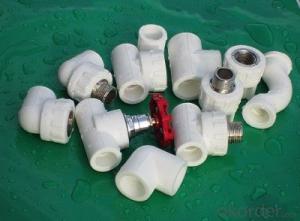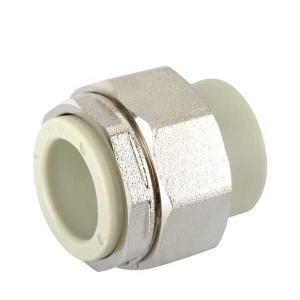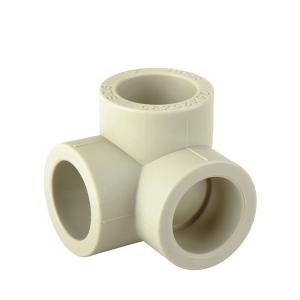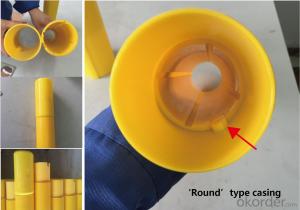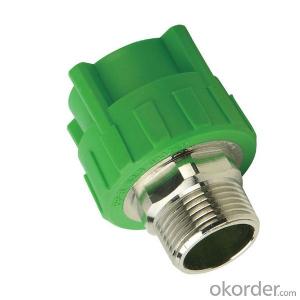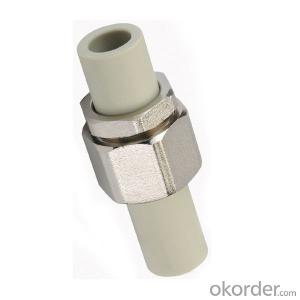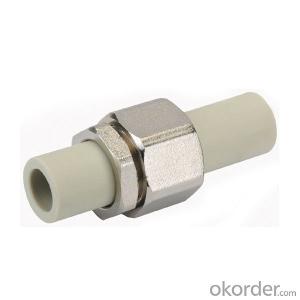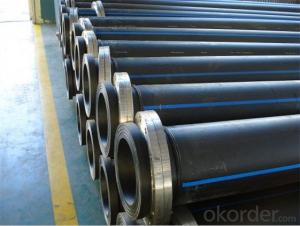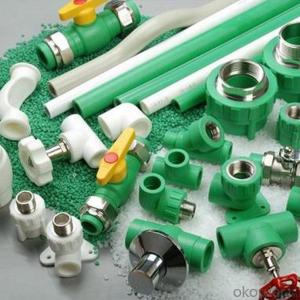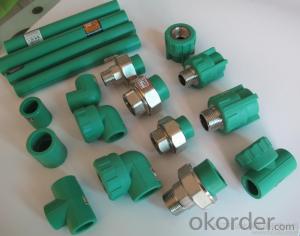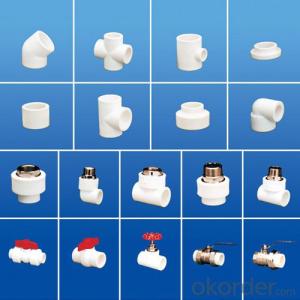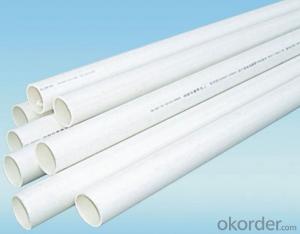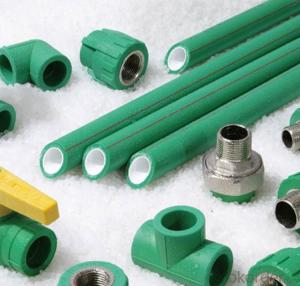Plastic Coil Pipe Fittings - Polypropylene Random PP-R Male Threaded Union
- Loading Port:
- Ningbo
- Payment Terms:
- TT OR LC
- Min Order Qty:
- 1000 pc
- Supply Capability:
- 100000 pc/month
OKorder Service Pledge
OKorder Financial Service
You Might Also Like
Specification
Picture:
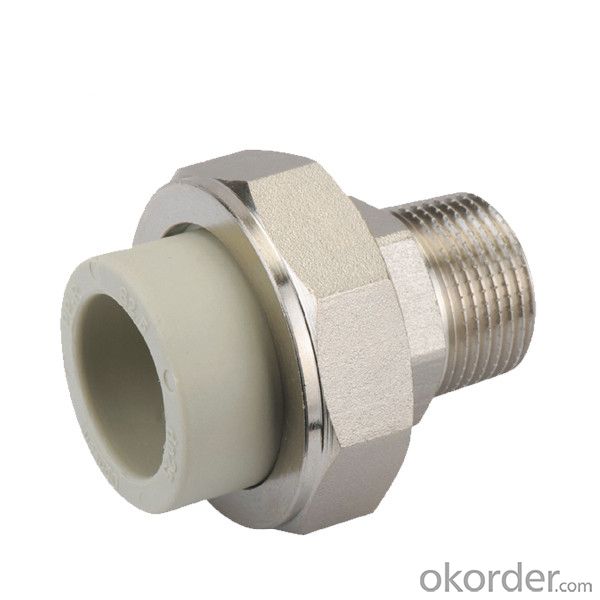

Specifications:
HYOSUNG PPR raw materials
Standard DIN8077-8078
GB/T18742.3-2002 PN25
White grey green color
Product Applications:
Distribution for cool and hot water
Duct for drinkable water system
Pipes for kinds of high-temperature and low-temperature heating system
Pipes for heating and coolling settings in solar energy system
Connecting pipe for air conditioners
Main Product Features:
Healthy, bacteriological neutral, conforming to drinking water standards
Resistant to high temperatures, good impact strength
Convenient and reliable installation, low construction expenses
Large drum hub to maximize cable life
Self-activating automatic brake hold the load securely when crank handle is released
With cable or strap
Safety guard cover available
Top quality with competitive price
Widely used in the double beam bridge crane and gantry crane
Easy to install and high quality
FAQ:
Q1:How Can I Get A Sample?
A1:You can get samples by communicate with our export sales.
Q2:How Long Is Delivery?
A2:Delivery time will be30-45days according to order quantity.
Q3:What Is The MOQ?
A3:MOQ depends on different items.
Q4:What Is Our Normal Payments Terms?
A4:Our normal payment terms now is: T/T, L/C or western union,paypal
- Q: Are plastic pipe fittings compatible with other plumbing materials?
- Yes, plastic pipe fittings are generally compatible with other plumbing materials. However, it is important to ensure that the specific types of materials being used together are compatible and suitable for the intended application. It is recommended to consult with a professional plumber or refer to manufacturer guidelines for proper compatibility and installation.
- Q: Can plastic pipe fittings be used for HVAC systems?
- Yes, plastic pipe fittings can be used for HVAC systems. They are commonly used in both residential and commercial HVAC installations due to their durability, versatility, and cost-effectiveness. Plastic fittings are resistant to corrosion, lightweight, and easy to install, making them a suitable option for various HVAC applications. However, it is important to select fittings that are specifically designed for HVAC systems and comply with relevant codes and standards to ensure proper functioning and safety.
- Q: Are plastic pipe fittings compatible with expansion joints?
- Yes, plastic pipe fittings are compatible with expansion joints. Expansion joints are designed to accommodate the thermal expansion and contraction of pipes, and plastic pipe fittings can easily be connected and integrated with them to ensure proper movement and flexibility in the system.
- Q: How do plastic pipe fittings compare to polyvinylidene fluoride (PVDF) fittings?
- Plastic pipe fittings and PVDF fittings differ in terms of their material composition and properties. Plastic pipe fittings are usually made of various types of plastic, such as PVC or CPVC, which offer good chemical resistance and affordability. On the other hand, PVDF fittings are specifically made from polyvinylidene fluoride, a highly durable and chemically resistant thermoplastic material. PVDF fittings are known for their excellent resistance to high temperatures, harsh chemicals, and UV radiation, making them suitable for demanding industrial applications. While plastic pipe fittings may be more cost-effective, PVDF fittings provide superior performance and longevity in challenging environments.
- Q: Do plastic pipe fittings require any special tools for installation?
- Yes, plastic pipe fittings require special tools for installation. Common tools include pipe cutters, deburring tools, and crimping or compression tools, depending on the type of fitting being used. These tools are necessary to ensure a proper and secure connection between the pipes and fittings, as well as to prevent leaks and maintain the integrity of the plumbing system.
- Q: How do plastic pipe fittings handle water hammer effects?
- Plastic pipe fittings are generally more resistant to water hammer effects compared to other materials. The flexibility and elasticity of plastic help absorb and dampen the sudden pressure changes caused by water hammer, reducing the risk of damage to the fittings. Additionally, some plastic pipe fittings are designed with built-in features like expansion joints or shock absorbers, further mitigating the impact of water hammer.
- Q: Can plastic pipe fittings be used for marine applications?
- Yes, plastic pipe fittings can be used for marine applications. They are often made from materials like PVC or CPVC, which are resistant to corrosion and can withstand the harsh conditions of marine environments. Additionally, plastic pipe fittings are lightweight, easy to install, and cost-effective, making them a popular choice for various marine applications such as plumbing and fluid transfer systems.
- Q: How do you repair plastic pipe fittings?
- To repair plastic pipe fittings, you can generally follow these steps: 1. First, turn off the water supply to the affected area. 2. Clean the damaged area thoroughly to remove any dirt or debris. 3. Identify the type of plastic used in the pipe fitting as different plastics require different repair methods. 4. For smaller cracks or leaks, you can use a suitable adhesive or epoxy designed for plastic repairs. Apply the adhesive on the damaged area, ensuring a tight seal. 5. If the damage is more severe, you may need to replace the entire fitting. In this case, carefully cut out the damaged section using a hacksaw or pipe cutter, and then install a new fitting using appropriate connectors or couplings. 6. After completing the repair, turn the water supply back on and check for any leaks.
- Q: Can plastic pipe fittings be used in food processing systems?
- Yes, plastic pipe fittings can be used in food processing systems. They are often made from food-grade materials such as PVC, CPVC, or polypropylene, which are resistant to corrosion, chemicals, and bacteria growth. These fittings are designed to meet strict sanitation and safety standards, making them suitable for use in food processing applications.
- Q: Can plastic pipe fittings be used in reverse osmosis systems?
- Yes, plastic pipe fittings can be used in reverse osmosis systems. Plastic fittings are commonly used in these systems due to their durability, resistance to corrosion, and ease of installation. However, it is important to ensure that the fittings are made from materials that are compatible with the chemicals and pressure involved in reverse osmosis systems.
Send your message to us
Plastic Coil Pipe Fittings - Polypropylene Random PP-R Male Threaded Union
- Loading Port:
- Ningbo
- Payment Terms:
- TT OR LC
- Min Order Qty:
- 1000 pc
- Supply Capability:
- 100000 pc/month
OKorder Service Pledge
OKorder Financial Service
Similar products
Hot products
Hot Searches
Related keywords




